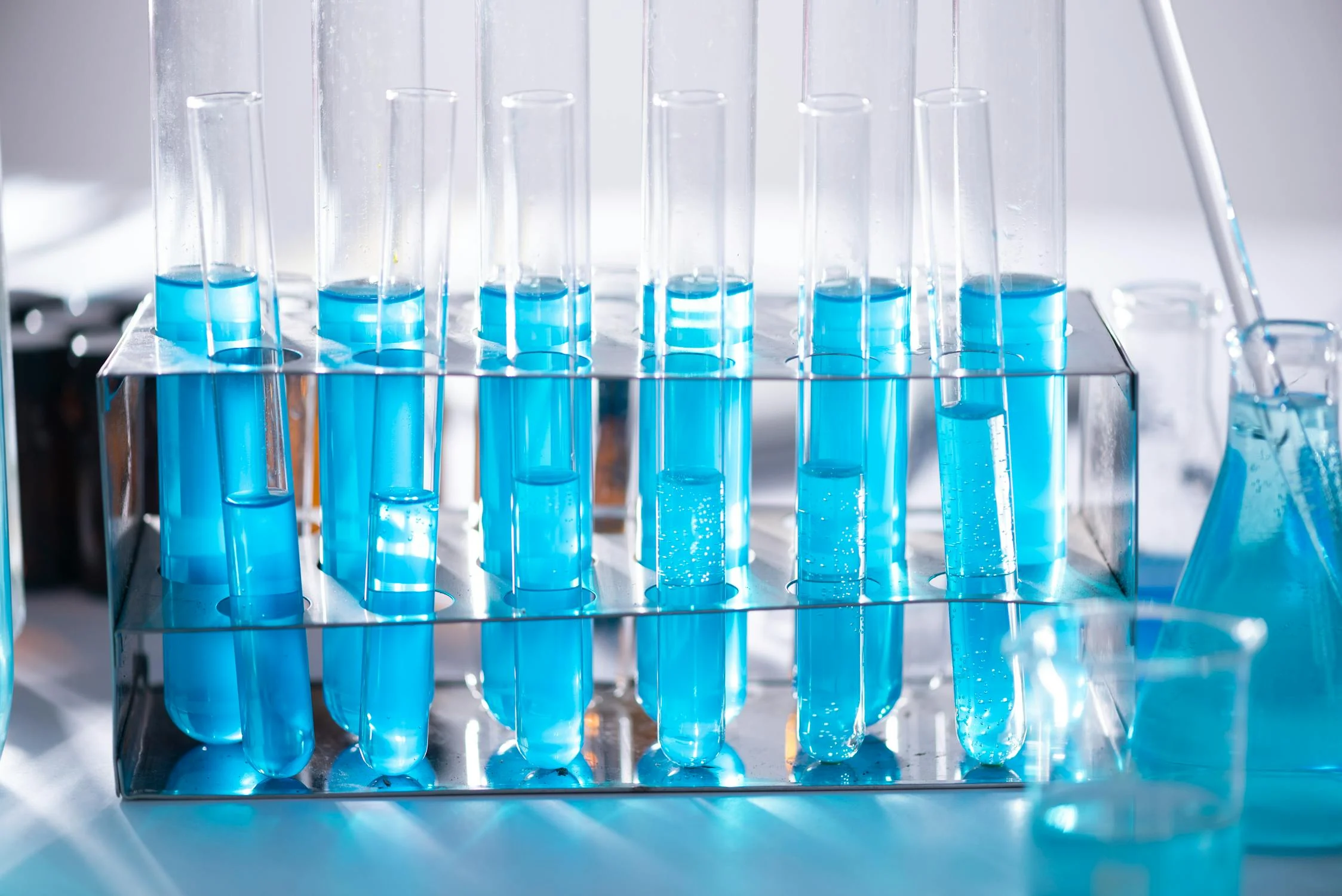Aspirin (salicylate) toxicity can cause complex acid-base disorders, typically presenting as a mixed respiratory alkalosis and metabolic acidosis. Below, I’ll outline the pathophysiology, diagnostic approach, and step-by-step calculation to evaluate the acid-base disorder in aspirin toxicity, ensuring clarity for a general audience while maintaining precision.
Pathophysiology of Acid-Base Disorders in Aspirin Toxicity
Aspirin toxicity affects acid-base balance in two primary ways:
- Respiratory Alkalosis (early phase):
- Salicylates directly stimulate the respiratory center in the medulla, increasing respiratory rate and minute ventilation.
- This causes excessive exhalation of CO₂, lowering arterial PCO₂ (hypocapnia) and raising blood pH (alkalosis).
- Metabolic Acidosis (later or severe cases):
- Salicylates disrupt cellular metabolism, leading to lactic acid accumulation (from anaerobic metabolism) and ketoacid accumulation (from impaired fatty acid metabolism).
- They also cause direct renal excretion of bicarbonate, contributing to a high anion gap metabolic acidosis.
- This acidosis dominates in severe toxicity or as the condition progresses.
The result is often a mixed disorder where respiratory alkalosis predominates early, and metabolic acidosis becomes more prominent with increasing severity or delayed presentation. In children or severe cases, metabolic acidosis may predominate.
Diagnostic Approach
To calculate and characterize the acid-base disorder, you need arterial blood gas (ABG) data and serum electrolytes. Key parameters include:
- pH: Determines if the patient is acidemic (pH < 7.35), alkalemic (pH > 7.45), or compensated (pH ~7.35–7.45).
- PCO₂: Reflects respiratory component (normal: 35–45 mmHg). Low PCO₂ indicates respiratory alkalosis.
- HCO₃⁻: Reflects metabolic component (normal: 22–26 mEq/L). Low HCO₃⁻ indicates metabolic acidosis.
- Anion Gap (AG): Calculated as AG = Na⁺ − (Cl⁻ + HCO₃⁻) (normal: 8–12 mEq/L). A high AG (>12) suggests metabolic acidosis due to unmeasured anions (e.g., salicylates, lactate).
- Serum Salicylate Level: Confirms toxicity (therapeutic: 10–20 mg/dL; toxic: >30 mg/dL).
Additional considerations:
- Delta Gap: Assesses for mixed disorders (e.g., concurrent metabolic alkalosis or non-anion gap acidosis).
- Compensation: Determines if the body is appropriately compensating for the primary disorder.
Step-by-Step Calculation
Let’s analyze a hypothetical case of aspirin toxicity with the following ABG and electrolyte values (a common presentation):
- ABG: pH = 7.45, PCO₂ = 20 mmHg, HCO₃⁻ = 14 mEq/L
- Electrolytes: Na⁺ = 140 mEq/L, Cl⁻ = 100 mEq/L, HCO₃⁻ = 14 mEq/L (from ABG)
- Serum Salicylate Level: 40 mg/dL (toxic)
Step 1: Determine the Primary Disorder
- pH = 7.45: Slightly alkalemic, suggesting a primary alkalosis or compensated acidosis.
- PCO₂ = 20 mmHg: Low (normal: 35–45 mmHg), indicating respiratory alkalosis (hyperventilation from salicylate stimulation).
- HCO₃⁻ = 14 mEq/L: Low (normal: 22–26 mEq/L), indicating metabolic acidosis (from salicylate-induced acid accumulation).
Since the pH is alkalemic and PCO₂ is low, respiratory alkalosis appears dominant, but the low HCO₃⁻ suggests a concurrent metabolic acidosis.
Step 2: Calculate the Anion Gap
- Formula: AG = Na⁺ − (Cl⁻ + HCO₃⁻)
- Calculation: AG = 140 − (100 + 14) = 140 − 114 = 26 mEq/L
- Interpretation: A high anion gap (>12 mEq/L) confirms high anion gap metabolic acidosis (due to salicylates, lactate, and ketoacids).
Step 3: Assess Compensation
Each primary disorder triggers a compensatory response. Check if the observed values match expected compensation.
- Primary Respiratory Alkalosis:
- Expected compensation: Acute respiratory alkalosis reduces HCO₃⁻ by ~2 mEq/L for every 10 mmHg decrease in PCO₂.
- PCO₂ = 20 mmHg (down 20 mmHg from normal 40 mmHg).
- Expected HCO₃⁻ drop = (20 ÷ 10) × 2 = 4 mEq/L.
- Expected HCO₃⁻ = 24 − 4 = 20 mEq/L.
- Actual HCO₃⁻ = 14 mEq/L, which is lower than expected, indicating an additional process (metabolic acidosis).
- Primary Metabolic Acidosis (if considered primary):
- Expected compensation: PCO₂ decreases by ~1.2 mmHg for every 1 mEq/L decrease in HCO₃⁻ (Winter’s formula: PCO₂ = 1.5 × HCO₃⁻ + 8 ± 2).
- HCO₃⁻ = 14 mEq/L.
- Expected PCO₂ = (1.5 × 14) + 8 = 21 + 8 = 29 ± 2 mmHg.
- Actual PCO₂ = 20 mmHg, which is lower than expected, suggesting an additional respiratory alkalosis.
The discrepancy in both calculations confirms a mixed disorder: respiratory alkalosis (low PCO₂) and high anion gap metabolic acidosis (low HCO₃⁻, high AG).
Step 4: Check for Additional Disorders (Delta Gap)
To rule out a hidden non-anion gap acidosis or metabolic alkalosis, calculate the delta gap:
- Delta AG = Actual AG − Normal AG = 26 − 12 = 14 mEq/L.
- Delta HCO₃⁻ = Normal HCO₃⁻ − Actual HCO₃⁻ = 24 − 14 = 10 mEq/L.
- Compare:
- If Delta AG ≈ Delta HCO₃⁻, the disorder is a pure high anion gap metabolic acidosis.
- Here, Delta AG (14) > Delta HCO₃⁻ (10), but within a reasonable range (±6 mEq/L), suggesting no significant additional non-anion gap acidosis or metabolic alkalosis. The slight difference may reflect the mixed nature of the disorder or early compensation.
Step 5: Final Diagnosis
- Primary Disorder: Respiratory alkalosis (pH 7.45, PCO₂ 20 mmHg).
- Secondary Disorder: High anion gap metabolic acidosis (HCO₃⁻ 14 mEq/L, AG 26 mEq/L).
- Mixed Disorder: The combination of respiratory alkalosis and high anion gap metabolic acidosis is classic for aspirin toxicity, driven by salicylate-induced hyperventilation and acid accumulation.
Clinical Correlation
- Early Toxicity: Respiratory alkalosis often predominates (pH > 7.40, low PCO₂, mildly reduced HCO₃⁻).
- Severe/Progressed Toxicity: Metabolic acidosis becomes more prominent (pH < 7.35, very low HCO₃⁻, high AG), especially in children or delayed presentations.
- This Case: The pH of 7.45 and PCO₂ of 20 mmHg suggest early/moderate toxicity with respiratory alkalosis slightly outweighing the metabolic acidosis.
Management Implications
The acid-base disorder guides treatment:
- Supportive Care: Ensure airway, breathing, and circulation.
- Alkalinization: Administer IV sodium bicarbonate to raise urine pH (>7.5) and enhance salicylate excretion, while correcting acidosis. Target serum pH ~7.45–7.50.
- Monitor: Serial ABGs and electrolytes to track resolution.
- Hemodialysis: Indicated for severe cases (salicylate >100 mg/dL, refractory acidosis, or organ failure).
Example Variations
For completeness, consider alternative presentations:
- Severe Toxicity (e.g., pH 7.20, PCO₂ 15 mmHg, HCO₃⁻ 8 mEq/L, AG 30 mEq/L):
- Acidemic (pH < 7.35), with dominant high anion gap metabolic acidosis and compensatory respiratory alkalosis.
- Indicates advanced toxicity requiring urgent bicarbonate and possibly dialysis.
- Pure Respiratory Alkalosis (e.g., pH 7.50, PCO₂ 25 mmHg, HCO₃⁻ 20 mEq/L, AG 10 mEq/L):
- Early toxicity with minimal metabolic acidosis; monitor closely as acidosis may develop.
Summary
In aspirin toxicity, the acid-base disorder is typically a mixed respiratory alkalosis and high anion gap metabolic acidosis. The provided example (pH 7.45, PCO₂ 20 mmHg, HCO₃⁻ 14 mEq/L, AG 26 mEq/L) confirms this pattern, with respiratory alkalosis slightly predominating. Calculations involve assessing pH, PCO₂, HCO₃⁻, anion gap, and compensation to confirm the mixed disorder. Management focuses on alkalinization and supportive care, tailored to the severity of the acidosis.
Disclaimer: owerl is not a doctor; please consult one.


Leave a Reply